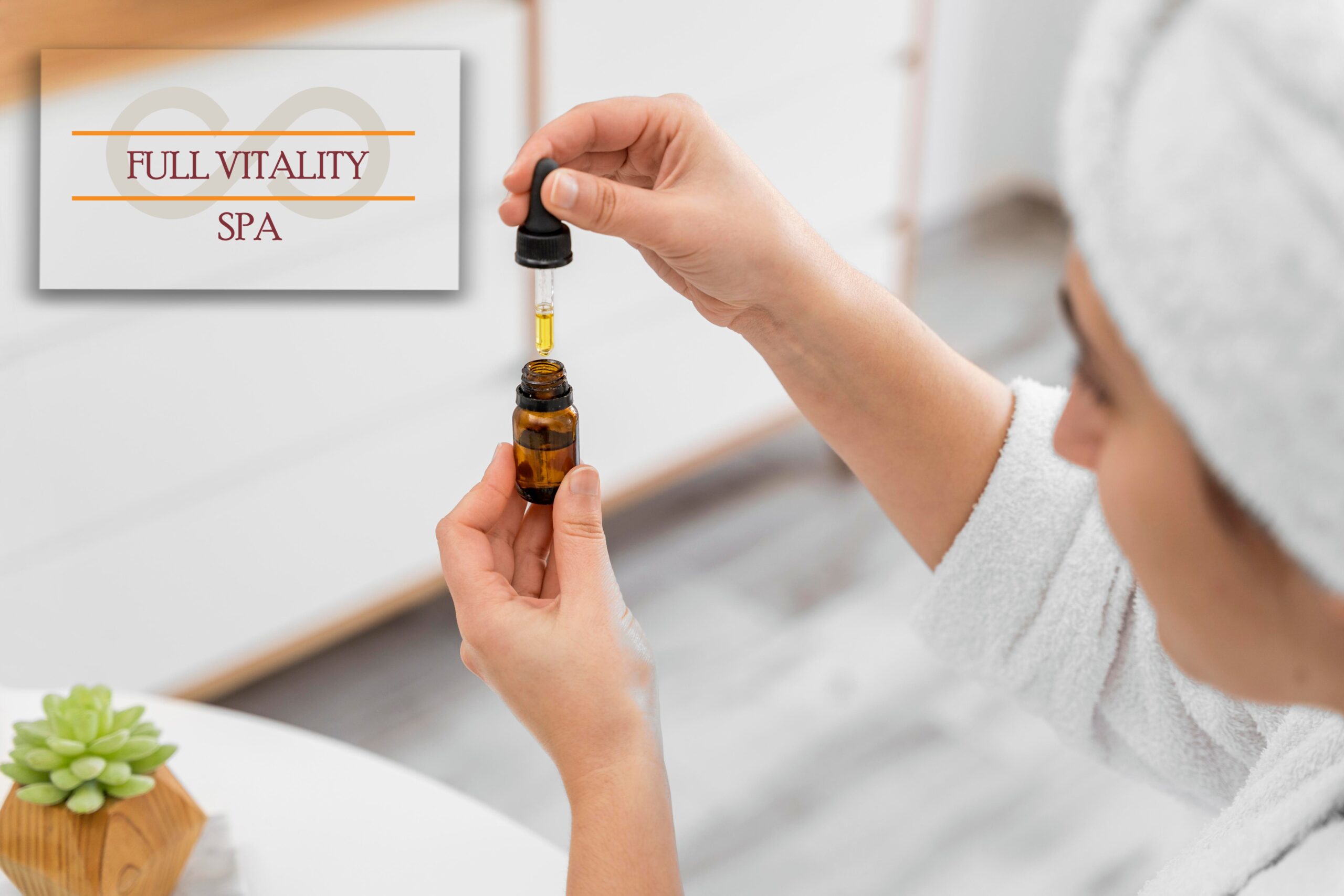What is Mandelic Acid ?
What is Mandelic Acid ?
Mandelic acid is a hydroxy acid derived from an extract of bitter almonds, which came to Europe from Latin America and the United States, where it has met with enormous success in the dermatological field. Belonging to the alpha-hydroxy acids (AHAs), which are molecules widely used in cosmetics to create anti-wrinkle creams, exfoliants and whiteners, mandelic acid was once used to treat urinary tract infections. Since the 1970s, however, it has begun to enter the field of cosmetics, thanks to its exfoliating and depigmenting properties which, in contrast to other similar acids such as pyruvic acid and glycolic acid, always used for their exfoliating capacity, exfoliates only the superficial layers of the skin, with a more delicate action, making it suitable for all skin types, including sensitive skin.

What are the benefits of Mandelic Acid ?
Eliminate acne and acne marks. Due to its bactericidal effect, mandelic acid helps to get rid of the annoying marks left by pimples and blackheads, as well as to prevent future acne outbreaks.
Delay ageing. Mandelic acid acts to stimulate cells, helping the skin to renew itself and retain its youthful, youthful appearance for longer.
Lightens the skin. Due to its whitening effect, mandelic acid is used to lighten spots caused by excess pigmentation.
Lip moisturiser. Helps prevent and eliminate annoying chapped lips.
Peeling. Mandelic acid peeling also helps to treat different skin imperfections, eliminating dead skin cells. The slight flaking produced during this treatment can be easily concealed with moisturising creams.
What are the properties of mandelic acid ?
1. Less irritating. Because mandelic acid has a larger molecular structure than other ingredients (such as glycolic acid) it is absorbed more slowly through the skin and therefore causes less irritation. Recommended for sensitive skin, even with rosacea.
2. Antibactericidal. Removes bacteria from the skin, making it an ideal ingredient for treating acne problems. In addition, by exfoliating the skin, it eliminates the annoying marks left by acne.
3. Inhibits melanin growth. It is used to whiten blemishes and to correct uneven skin tones.
4. Moisturising and exfoliating. Removes the surface layers of the skin while helping to fill in wrinkles and fine lines, making it an ideal ingredient for treating ageing. It activates cell regeneration helping to renew the skin by stimulating collagen synthesis.
5. Slow absorption. Because its molecular structure is different from that of other acids (such as glycolic acid), it is absorbed by the skin more slowly, acts only on the surface of the tissue, and therefore does not generate irritation. This makes it ideal for sensitive skin treatments.
6. Powerful antioxidant. Combined with vitamin C, mandelic acid moisturises the skin and keeps it young and smooth.
7. Non-photosensitising. It can be used in peelings even during the summer, as it does not generate spots due to subsequent exposure to the sun. In any case, the use of sunscreen is recommended after the treatment.
8. Depigmenting action. One of the properties of mandelic acid is that it whitens the skin, inhibiting melanin production. It is therefore ideal for treating blemishes or uneven skin tone.
9. Sensitive skin. Because it is less irritating than other acids, mandelic acid is especially recommended for people with sensitive skin. In addition, the mandelic acid peel can be done at any time of the year, even in the summer.
Contraindications of Mandelic Acid?
It has practically no side effects. However, a few precautions should be taken.
1. Be careful in the sun. Like any other AHA (alpha hydroxy acid), treatment with this ingredient requires subsequent application of sunscreen and avoid exposure to the sun.
2. Protect your eyes. It is important to take care when applying the product to avoid contact with the eyes. It should also not be applied to the mobile eyelid.
3. Possible redness. Not all skins respond in the same way to each treatment. After applying the peel, it is normal to experience some reddening of the skin. It is important to moisturise the area and take care not to apply abrasives for a few days.
4. Pregnancy and breastfeeding. Although it is said that this acid is not dangerous for mothers-to-be or for the foetus, it is preferable to consult a doctor before carrying out any treatment while pregnant or breastfeeding.

At Full Vitality Spa we have prepared a Mandelic Acid Peel for you!
The first thing you should know is that the Mandelic acid peel can be done at any time of the year, even during the summer as this type of acid has photosensitising effects: it can therefore be used all year round, before exposure to the sun or a tanning session. Its gentle formula does not cause redness, even on the most sensitive skin: in these cases, however, always seek professional advice. At Full Vitality Spa we recommend it especially for the months of September, October, November, December, January, February, March, April and May.
Where can you book the Full Vitality Spa Mandelic Acid treatment?
We have incorporated this fabulous Mandelic Acid peeling in our home service platform so you can have this treatment at home for all Spain.
Every day of the year from 9:00 to 21:00,
Also available at our centres:
Mandelic Acid Treatment Tarifa, Cadiz.
Mandelic Acid Treatment Estepona, Malaga.
Mandelic Acid Treatment Puerto Banus, Marbella.
Mandelic Acid Treatment Sierra Nevada, Granada.
From Full Vitality Spa, we hope this article was of interest to you.

Ok, google, what is Mandelic Acid?
Siri, what is Mandelic Acid?
Alexa, what is Mandelic Acid ?
